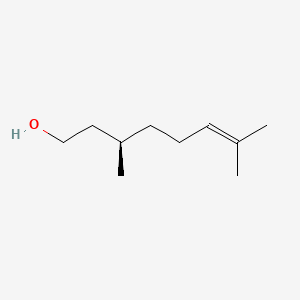| Authors | Title | Published | Journal | PubMed Link |
|---|---|---|---|---|
| Liang M and Knox FG | Nitric oxide activates PKCalpha and inhibits Na+-K+-ATPase in opossum kidney cells. | 1999 | Am. J. Physiol. | pmid:10600932 |
| Fujimoto S et al. | K(+) channel blockers and cytochrome P450 inhibitors on acetylcholine-induced, endothelium-dependent relaxation in rabbit mesenteric artery. | 1999 | Eur. J. Pharmacol. | pmid:10611413 |
| pmid:10630387 | ||||
| pmid:10643787 | ||||
| pmid:10652241 | ||||
| pmid:10677596 | ||||
| Drummond GR et al. | Apamin-sensitive, non-nitric oxide (NO) endothelium-dependent relaxations to bradykinin in the bovine isolated coronary artery: no role for cytochrome P450 and K+. | 2000 | Br. J. Pharmacol. | pmid:10683206 |
| Le Maire V et al. | System A neutral amino acid transporter regulation by interleukin-1beta in human osteoarthritic synovial cells: evidence for involvement of prostaglandin E(2) as a second messenger. | 2000 | J. Cell. Physiol. | pmid:10699967 |
| Osterhout JL and Shuttleworth TJ | A Ca(2+)-independent activation of a type IV cytosolic phospholipase A(2) underlies the receptor stimulation of arachidonic acid-dependent noncapacitative calcium entry. | 2000 | J. Biol. Chem. | pmid:10713151 |
| King A and Richard Dickinson J | Biotransformation of monoterpene alcohols by Saccharomyces cerevisiae, Torulaspora delbrueckii and Kluyveromyces lactis. | 2000 | Yeast | pmid:10790686 |
beta-Citronellol
Beta-citronellol is a lipid of Prenol Lipids (PR) class. The involved functions are known as Glycolysis.
Cross Reference
Introduction
To understand associated biological information of beta-Citronellol, we collected biological information of abnormalities, associated pathways, cellular/molecular locations, biological functions, related genes/proteins, lipids and common seen animal/experimental models with organized paragraphs from literatures.
What diseases are associated with beta-Citronellol?
There are no associated biomedical information in the current reference collection.
No disease MeSH terms mapped to the current reference collection.
PubChem Associated disorders and diseases
What pathways are associated with beta-Citronellol
There are no associated biomedical information in the current reference collection.
PubChem Biomolecular Interactions and Pathways
Link to PubChem Biomolecular Interactions and PathwaysWhat cellular locations are associated with beta-Citronellol?
There are no associated biomedical information in the current reference collection.
What functions are associated with beta-Citronellol?
Related references are published most in these journals:
| Function | Cross reference | Weighted score | Related literatures |
|---|
What lipids are associated with beta-Citronellol?
There are no associated biomedical information in the current reference collection.
What genes are associated with beta-Citronellol?
There are no associated biomedical information in the current reference collection.
What common seen animal models are associated with beta-Citronellol?
There are no associated biomedical information in the current reference collection.
